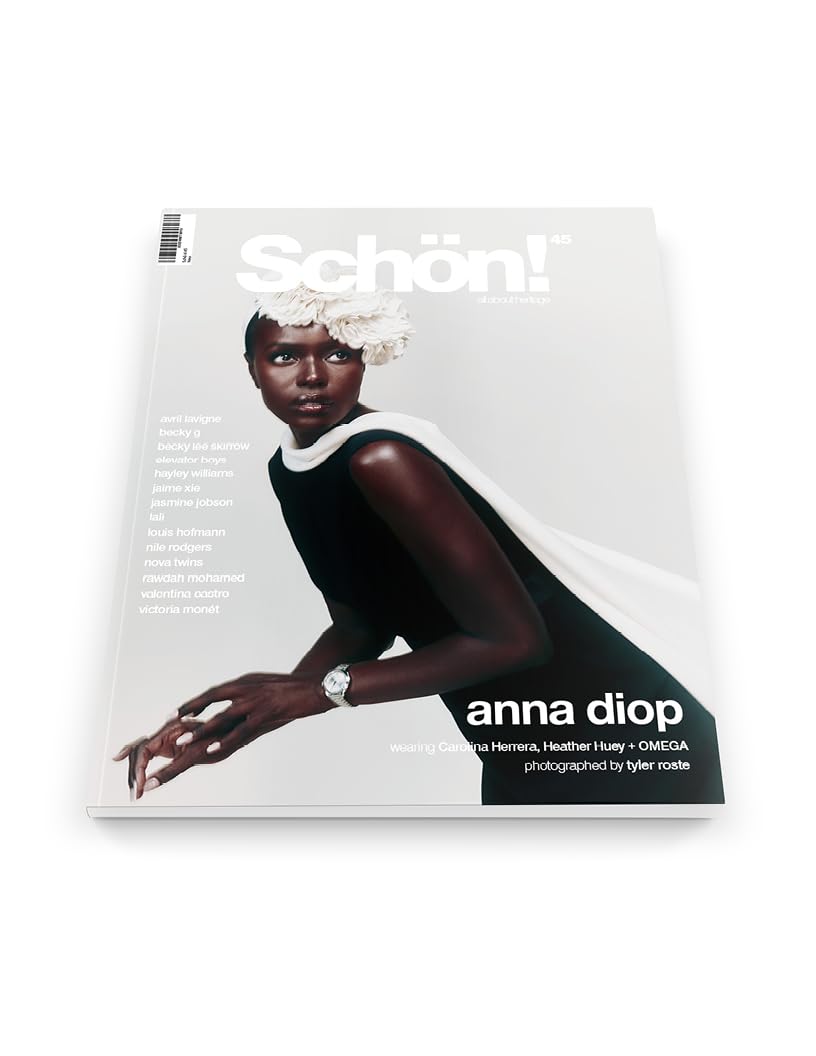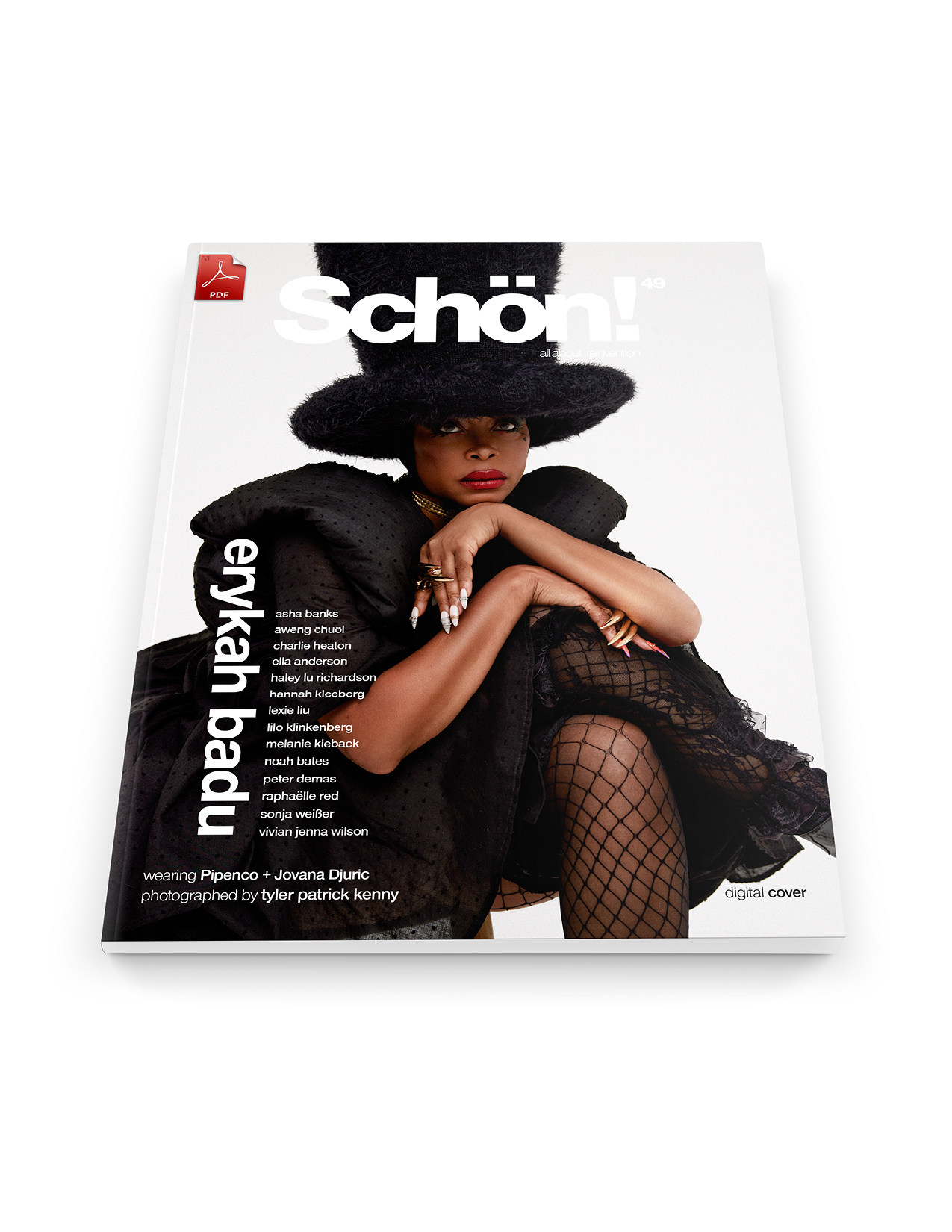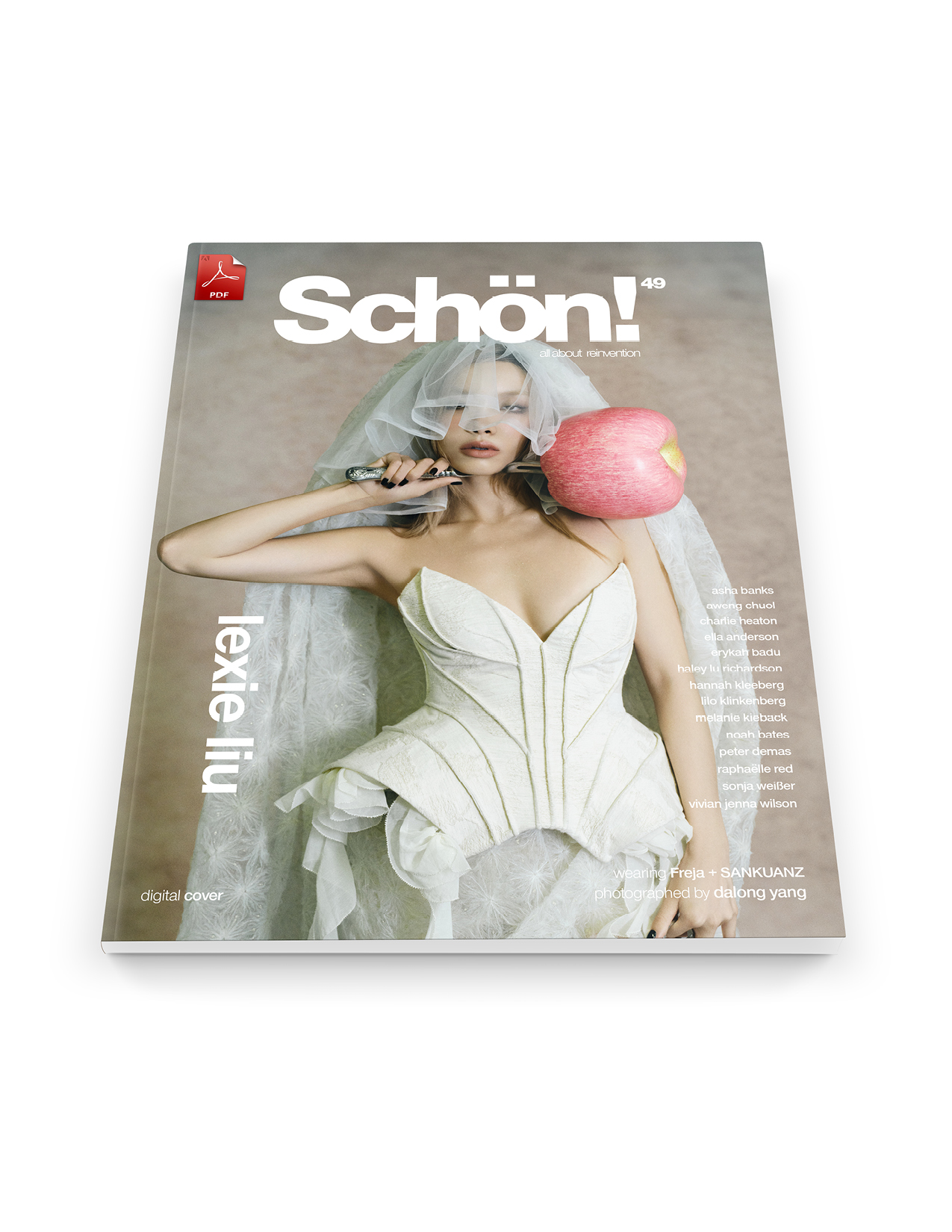
ROKH
“Dull” is really the first word that comes to my mind after some of this season’s Paris shows. But, in my undying search to be kind, and because last season truly was spectacular, I shall refrain from naming names. However, there were several collections that truly offered great clothes, modern pieces and interesting runway looks but I’ve only chosen a dozen shows.
Of which the first is ROKH — the brand under the creative direction of Rok Hwang who presented its sophomore season. Despite being new, ROKH is sophisticated yet modern — exuding big-city energy. Hwang himself is Korean, worked at Céline and was barely in his teens when he saw a lot of America — influences that can definitely be seen in his creatively tailored creations. As a result, ROKH is contemporary with just the right hints of the ’80s and ’90s — but never ever retro. The brand’s catalogue is centred around a working wardrobe for a successful and strong customer. In fact, I’d say it’s the epitome of career dressing for the 21st century.

Anrealage
Kunihiko Morinaga’s Anrealage presented a difficult collection, but an admirable one. It’s nothing new to distort the proportions and scale of pieces but it’s always a challenge. The oversized, the stretched, and the rescaled can be hard to wear — or simply uncommercial. Between the oddities, there were some great pieces that perhaps the majority will deem wearable. I personally declare myself a fan of Morinaga’s work this season — in difficult times, fashion doesn’t need safety, it needs bravery.

Koché
Koché is a creative force and Christelle Kocher’s ideas bring hope for the generation of French designers. She designs I believe in a very French way. I see Sonia Rykiel and the original Madame Lanvin in the mood and thoughts behind her clothes. It’s touches like the pistachio gloves with a navy embroidered waistcoat and jeans, or the rugby shirt transformed into a draped dress, in this case, teamed with crystal embroidered tulle gloves, that made me think this. But Kocher speaks with a fresh voice. It’s not revolutionary but it is change. Many of her looks are truly ageless — from the embellished beige coat through the white lace-trimmed trapeze dress to the feather frou-frou hemmed flapper dress. I personally loved the casting and the more complex constructions filled with decorative motifs.

Y/Project
Y/Project may not be new or “hot” anymore, but it is still exciting. Glenn Martens is a true fashion talent and his exploration and ideation of fashion is fascinating to watch. This season, he presented some truly superb looks — a deep claret-coloured bolero top and folded pants were stand-out chic, a black tulle and print cocktail dress, a dove grey crushed metallic taffeta coat, a red velvet evening dress with iridescent taffeta drapery oozing from the bodice, and a belted grey coat worn over matching pants are just some of the examples. There’s a mystical transformation to his ideas — from what’s in his head to the vibrant pieces that actually make it down the runway— that’s fascinating to witness. Although steeped in fashion’s past, with more than a nod at the golden ages of style, Y/Project remains ruthlessly modern.

Nina Ricci
Nina Ricci is now designed by Rushemy Botter and Lisi Herrebrugh. The collection this season might not have been at one hundred per cent just yet but it was still delightful. The wit and femininity of the house’s signature have been brought back into the twenty-first century — the colour and movement within the collection are simply a celebration. The yellow organza two-piece with a full skirt, the off-shoulder top with a wide flounce, the yellow taffeta blouse with a huge Richelieu collar… these pieces were all divine. The wisteria dress in two shades of lilac, as well as the pale beige suit with pin-tucked darting on the jacket, were also great. Even if a few things didn’t quite work, it’s doesn’t matter overall — this was a strong uptempo collection.

Issey Miyake
Satoshi Kondo is the new designer at Issey Miyake and he’s exactly the right man for the job. Without directly copying or reissuing the past, he offered a show, and a collection, that magnifically enhanced the heritage of the house. Technical innovations, wonderful colour, brilliant casting and a joyful exuberance were all standouts this season, bringing back that which the founder of this house always had. Pictures truly don’t do it justice. The best way to check it out is in moving image. The show was more than any words of mine could ever demonstrate — from the exuberant joyfulness of the show to the clothes.

Christian Wijnants
Christian Wijnants has a signature look — print and print. The plain fabrics are included in the collection to support, enhance, or calm down the prints. It’s not for everybody but, in a season of subdued looks, this explosion of colour and fabric, like that at Miyake, was a much-needed antidote. The multicultural layering and the contrast between simple stripes and more complex patterns offered options to layer, add to plain pieces or simply wear alone. Like many collections across the world, blue was a key colour and also, according to colour theory, a calming one. How appropriate that this calm parade of softly shaped pieces should embrace this colour?

Lutz Huelle
My love for Lutz Huelle‘s creations is no secret and this produces a nervousness in me— will the next collection be as good? This season the answer was a resounding “yes.” The truth is there were too many pieces to single out but I’ll try. The opening shirt and long-slender skirt in black mousseline with huge dull silver flowers, the neat little suit with a curved and fitted jacket and a skirt like a fully open flower, a deep desert sand-coloured dress with bell-like sleeves worn over golden taffeta pants, and pale washed denim jeans jacket morphing into a classic belted trench — these are just some of my many favourites.
Akris isn’t on everyone’s fashion radar but it should be — not because it is necessarily revolutionary but because, when speaking of great clothes, the brand is simply a winner. Great coats, terrific pants, simple dresses, lovely fabrics, superb quality in every element, and investment dressing without heaviness or dullness. It’s a difficult job to do this at the highest level but, season after season, Albert Kriemler does it. And this year is no exemption, Kriemler has yet again succeeded in creating a beautiful collection for his clients.

Olivier Theyskens
Belgian designer Olivier Theyskens is a quiet genius — no need for fanfares or trumpets. Since his return, each season he makes simply beautiful clothes… I suspect for his own satisfaction and that of his loyal customers. He doesn’t create for headlines, or red carpet, or celebrities. His clothes are for connoisseurs and, above all, intelligent and strong women. This season, the crushed-rose petal dress in taffeta, the mauve satin jeans with tiny black corselet top, and the high waisted greige skirt and black Puritan blouse were all standouts. His collection, which is all one seamless thought, offers options.
Finally, I’ll discuss two exaggeratedly different collections, which successfully demonstrate fashion at its pinnacle of passion and drive — two collections where the impetus and creativity behind the show truly is a force. Firs is the magnificent surprise of Christian Lacroix and Dries Van Noten teaming up to produce not only a joint show but a joint collection. It’s almost impossible to summon up the show in word. It was a sublime show that refuted fashion as a product, as “simply clothing.” This is fashion as a celebration, created by two men with a deep love for their métier. From the opening look in black and white, it was joyous, lovely and almost couture at times. Both gentlemen revel in colour and fabric and they certainly threw the gauntlet down in terms of both. A fashion moment indeed.

Balenciaga
The second and last is Balenciaga. In a setting that mirrored a conference centre for the EU, entirely decorated in a harsh blue, a collection was sent out, which was both a challenge and a test. Ugly or beautiful? Boring or exciting? The great trick I think was to spend time analysing the clothes. The hair and makeup were very strong and the casting was superb. Yet delve into the clothes and two things were apparent: a stripping away of extraneous detailing and the reliance on the line and silhouette.
This might be a boy in a very tight long-sleeved t-shirt top worn with big curving full sports pants or a crinoline. It might be a straight-cut totally minimalist; even to no cuff buttons or breast pockets, trouser suit or a huge braid shouldered floral print dress. The statement was modern, aggressive and corporate. The link to the rigour of the house’s founder Cristóbal Balenciaga was palpable for me.
So, Dries Van Noten plus Christian Lacroix or Demna Gvsalia plus Balenciaga. Only one thing is sure; neither collection was boring and they certainly showed how fashion can be amazing, exciting and controversial. After all, Paris remains the winner.
Check out our backstage coverage of PFW here.
words. Tony Glenville
Schön! Magazine is now available in print at Amazon,
as ebook download + on any mobile device




































































































